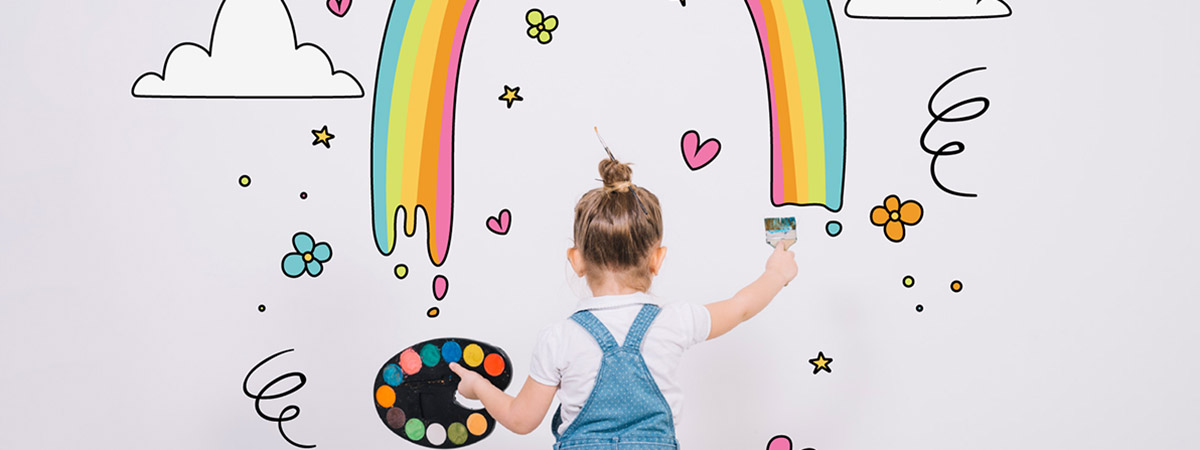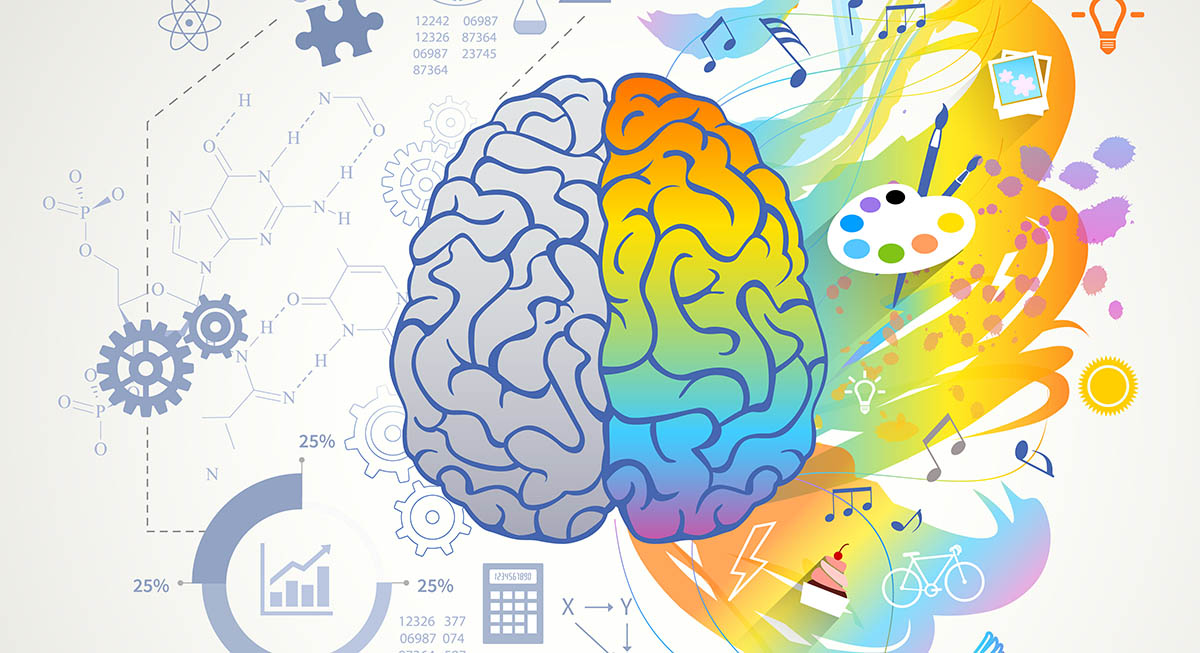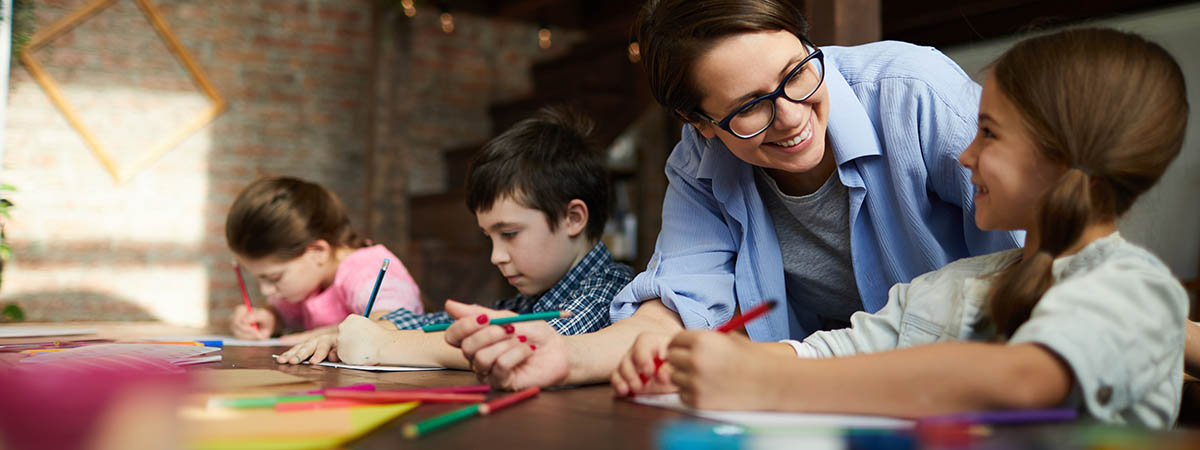Do you think mainly in pictures rather than in words? Do you lose track of time? Are you terrible at spelling? Do you hate speaking in front of a group of people? Are you musically, artistically, or mechanically inclined? Are you organizationally impaired?

These are some of the traits that would make it likely that you are a visual-spatial learner (Thinks primarily in pictures): People with this learning style tend to think visually and often prefer learning the same way. They are good at seeing the "big picture," but they sometimes overlook the details.

The visual-spatial learner uses the right hemisphere, whereas the sequential learner (gain understanding in linear step) uses the left hemisphere, which is sequential, analytical, and time-oriented. The right hemisphere of the brain is responsible for some of the cognitive functions such as attention and processing of visual shapes and patterns. Teachers do an amazing job teaching to the left hemisphere; the sequential learners do well under this teaching system. If we could integrate a teaching system to reach the visual-spatial students in the classroom, the teachers would see a different student who would be happier and learn more effectively.
Visual-Spatial learners do better visually compared to auditory-sequential learners. Visual-Spatial learners do not learn from repetition and drills. They need to see the big picture before they can learn the details. They do not learn step by step like most teachers teach. They are organizationally challenged and are not focused on time. They are often gifted creatively or with technology or mathematics.

Visual-Spatial Learners have a tough time in school when the learning system is based only on repetition and countless worksheets. These students need lots of movement and exposure to all sorts of creativity, like robotics, tinkering, Maker's Space, Art, filming, and editing. Activities where they can use their gifts.
Sequential learners prefer to organize information in a linear, orderly fashion. They learn in logically sequenced steps and work with information in an organized and systematic way. They thrive on repetition and worksheets in school. Language skills are in the left side of the brain. The right side controls attention, memory, reasoning, and problem-solving.

Visual-spatial learners require special effort and care to teach them. Once the teacher or tutor realizes the student's needs and requirements, they can teach them without any issues. All the educator needs to understand is that visual-spatial learners can’t learn from traditional methods. Teachers need to provide them with visual data, as they grasp visual information immediately. They are born to see the “big picture” better than others.
If you would like to make an investment that lifts lives, brightens futures and strengthens the community, consider helping us. Please use the donate buttons below to select a secure method of online payment through PayPal, which allows donations by debit or credit card (PayPal keeps a two percent transaction fee for each donation).